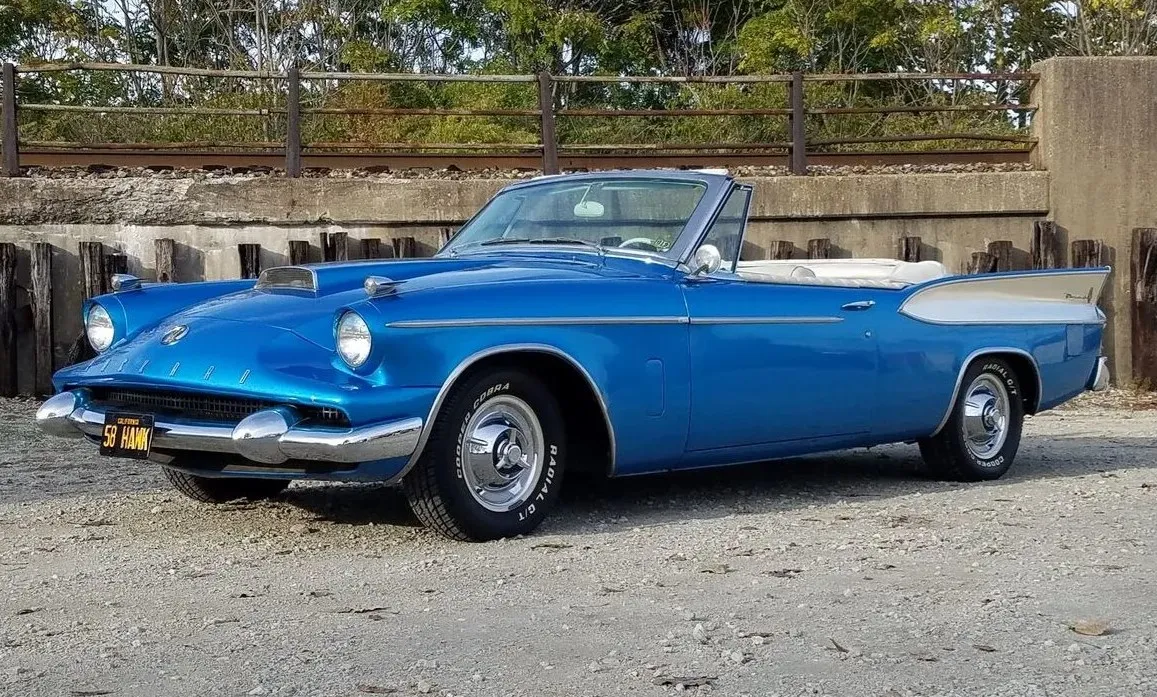When it comes to classic cars that have left an indelible mark on automotive history, the 1966 Ford Lotus Cortina stands as a remarkable example of ingenuity, performance, and collaboration. This iconic vehicle, born out of a partnership between Ford and Lotus, not only dominated the racing circuits of its time but also became a sought-after classic car for enthusiasts and collectors.
The Birth of a Legend: A Unique Collaboration

The story of the 1966 Ford Lotus Cortina begins with a unique collaboration between Ford and Lotus, two automotive giants with different strengths and expertise.
In the early 1960s, Ford was looking to enhance the performance of its popular Cortina model, aiming to create a high-performance variant that could compete in motorsports. To achieve this, Ford partnered with Colin Chapman, the founder of Lotus, a company renowned for its engineering prowess and success in Formula One racing.

The result of this collaboration was the Ford Lotus Cortina, a car that combined the practicality and accessibility of the Ford Cortina with the performance engineering of Lotus. The first Lotus Cortina was introduced in 1963, but it was the 1966 model that truly solidified its place in automotive history.
Design: A Classic Car with Racing DNA

The 1966 Ford Lotus Cortina's design is a perfect blend of understated elegance and purposeful engineering. At first glance, the car's appearance may seem modest, but beneath its unassuming exterior lies a machine built for performance.
The body of the Lotus Cortina is based on the standard Ford Cortina Mk1, but with several key modifications that set it apart. One of the most notable features is the use of lightweight aluminum for the doors, hood, and trunk lid, a choice that reduced the car's overall weight and improved its agility on the road and track.
The car also features a distinctive color scheme, with a white body and green stripe running along the side, a nod to Lotus's racing heritage.

The interior of the 1966 Ford Lotus Cortina is functional and driver-focused, reflecting its racing pedigree. The seats are supportive, designed to keep the driver in place during spirited driving, and the simple dashboard layout provides easy access to essential controls.
Unlike many modern performance cars, the Lotus Cortina's interior is devoid of unnecessary frills, emphasizing the car's commitment to driving pleasure.
Performance: The Heart of the Lotus Cortina

What truly sets the 1966 Ford Lotus Cortina apart as a classic car is its performance. At the heart of the Lotus Cortina is a 1.6-liter twin-cam engine developed by Lotus, based on Ford's Kent engine block. This engine, capable of producing 105 horsepower, may not sound particularly powerful by today's standards, but in the mid-1960s, it was more than enough to make the Lotus Cortina a formidable competitor on the racetrack.

The Lotus-tuned engine is mated to a close-ratio four-speed manual transmission, allowing drivers to fully exploit the engine's powerband. The car's lightweight construction, combined with its responsive engine, results in a thrilling driving experience, with a 0-60 mph time of around 9 seconds. While this may seem modest compared to modern performance cars, the Lotus Cortina's agility and handling make it a joy to drive on twisty roads and tight corners.

One of the standout features of the 1966 Ford Lotus Cortina is its suspension setup. Lotus applied its expertise in suspension design to the Cortina, giving it a sophisticated rear suspension system with coil springs and trailing arms, a significant improvement over the standard Cortina's leaf spring setup. This modification greatly enhanced the car's handling and stability, making it a dominant force in motorsports, particularly in touring car racing.

The Lotus Cortina's success on the track was nothing short of remarkable. It won numerous championships and races, including the British Saloon Car Championship, where it became the car to beat. Legendary drivers like Jim Clark, who was also a Formula One champion, piloted the Lotus Cortina to victory, further cementing its status as a racing icon.
Why the 1966 Ford Lotus Cortina Is a Classic Car Icon

The 1966 Ford Lotus Cortina has earned its place as a classic car icon for several compelling reasons:
Racing Heritage: The Lotus Cortina's success on the racetrack is a testament to its engineering excellence. Its dominance in touring car racing and its association with legendary drivers have made it a beloved classic car for motorsport enthusiasts.
Innovative Engineering: The collaboration between Ford and Lotus resulted in a car that pushed the boundaries of what was possible in the 1960s. The lightweight construction, advanced suspension, and powerful engine set new standards for performance.
Timeless Design: While the Lotus Cortina's design may be understated, it has a timeless quality that has aged gracefully. The car's classic color scheme and purposeful stance make it instantly recognizable to classic car aficionados.
Driving Pleasure: The Lotus Cortina is not just a car to be admired from afar; it's a car that begs to be driven. Its nimble handling, responsive engine, and engaging driving dynamics make it a joy to experience on the open road.
Rarity and Collectibility: The 1966 Ford Lotus Cortina is a rare find today, with only a limited number of units produced. This rarity, combined with its racing pedigree, has made it a highly sought-after classic car among collectors.
Owning and Maintaining a 1966 Ford Lotus Cortina

Owning a 1966 Ford Lotus Cortina is a dream for many classic car enthusiasts, but it's important to be aware of the responsibilities that come with classic car ownership. While the Lotus Cortina is known for its reliability, regular maintenance is essential to keep it in top condition.
Key areas to focus on include:
Engine and Transmission: The Lotus-tuned engine is a marvel of engineering, but it requires regular attention. Oil changes, valve adjustments, and timing belt checks are critical to keeping the engine running smoothly.
Suspension and Brakes: The advanced suspension system is one of the car's defining features, but it also requires careful maintenance. Regular inspections of the suspension components and brakes are necessary to ensure optimal performance.
Body and Paint: The lightweight aluminum panels are prone to corrosion, so it's important to keep the car's bodywork in good condition. Regular cleaning, waxing, and rust prevention measures will help preserve the car's appearance.
Electrical System: Like many classic cars, the Lotus Cortina's electrical system can be temperamental. Checking the wiring and connections regularly will help avoid any potential issues.
A Classic Car That Continues to Inspire
The 1966 Ford Lotus Cortina is more than just a classic car; it's a symbol of innovation, performance, and a golden era of motorsport. Its unique blend of Ford's practicality and Lotus's engineering expertise created a car that not only excelled on the racetrack but also captured the hearts of drivers and collectors alike.
With its timeless design, thrilling performance, and enduring legacy, the Lotus Cortina remains a classic car that continues to inspire automotive enthusiasts around the world. Whether you're a seasoned collector or a newcomer to the world of classic cars, the 1966 Ford Lotus Cortina is a vehicle that deserves admiration and respect for its contribution to automotive history.
For those fortunate enough to own one, the Lotus Cortina offers not just a piece of history, but an exhilarating driving experience that few classic cars can match.



